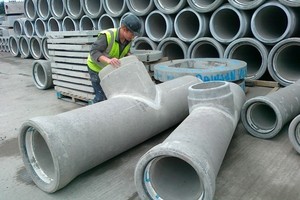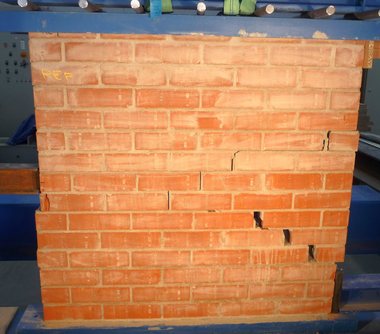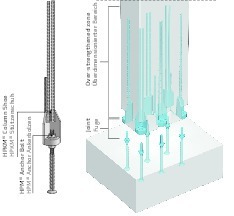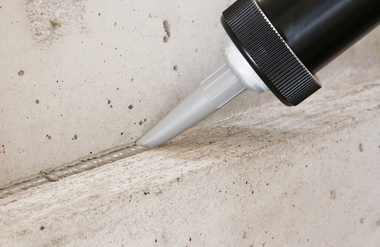SX 481 adhesive mortar joins large-scale construction parts
Experts both at the precast concrete plant and on the construction site are often faced with difficulties to solve when it comes to permanent and reliable connections. Since a quick connection of large-scale concrete elements not weakening the parts being joint – as it might be caused, for example, when boring – frequently is only possible with the aid of special tools or expensive and elaborate formwork.
MC-Bauchemie offers the SX 481 E adhesive mortar for both the permanent connection of concrete elements and material combinations as steel, metal and polystyrene. The epoxy-based...







